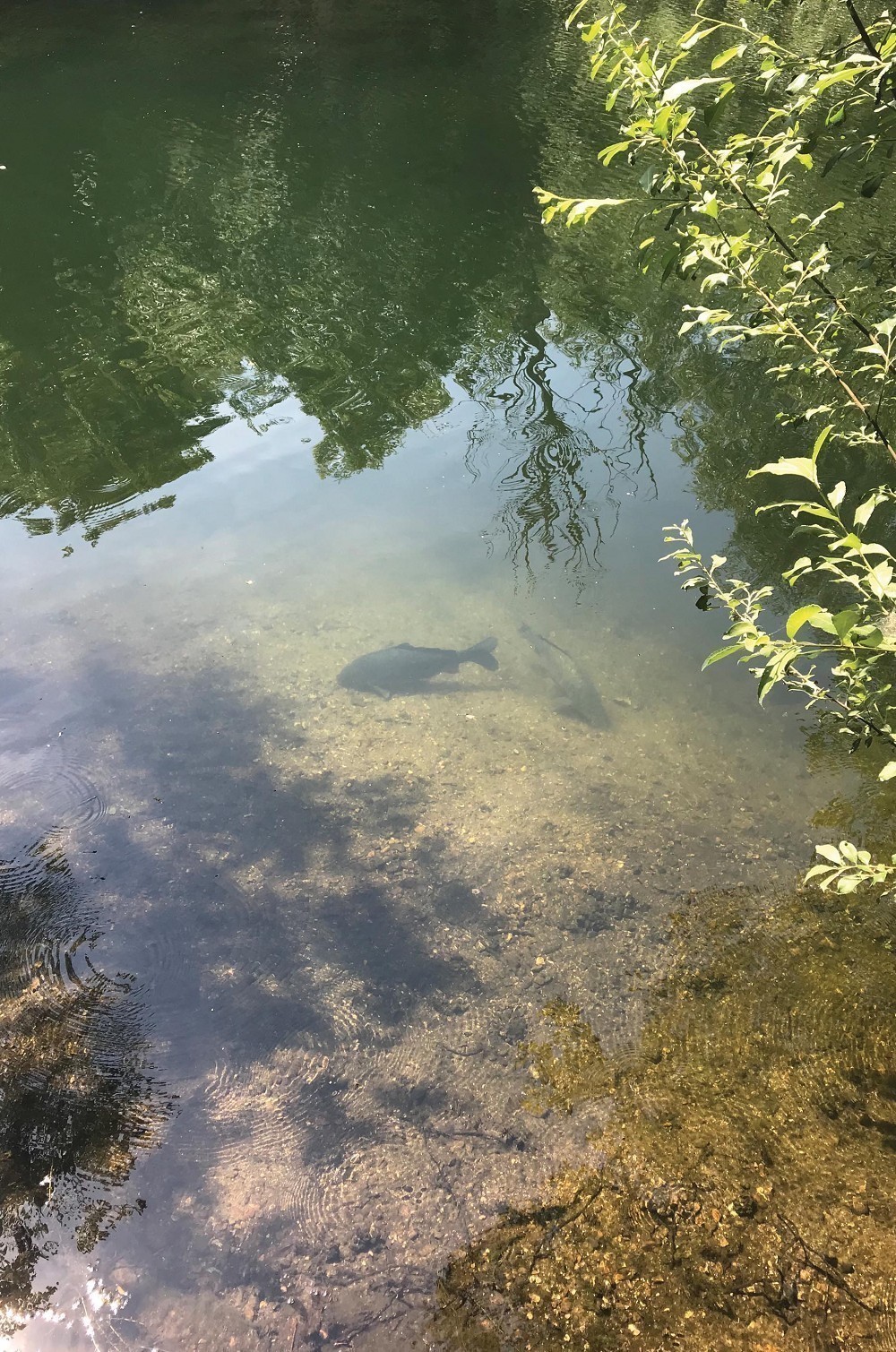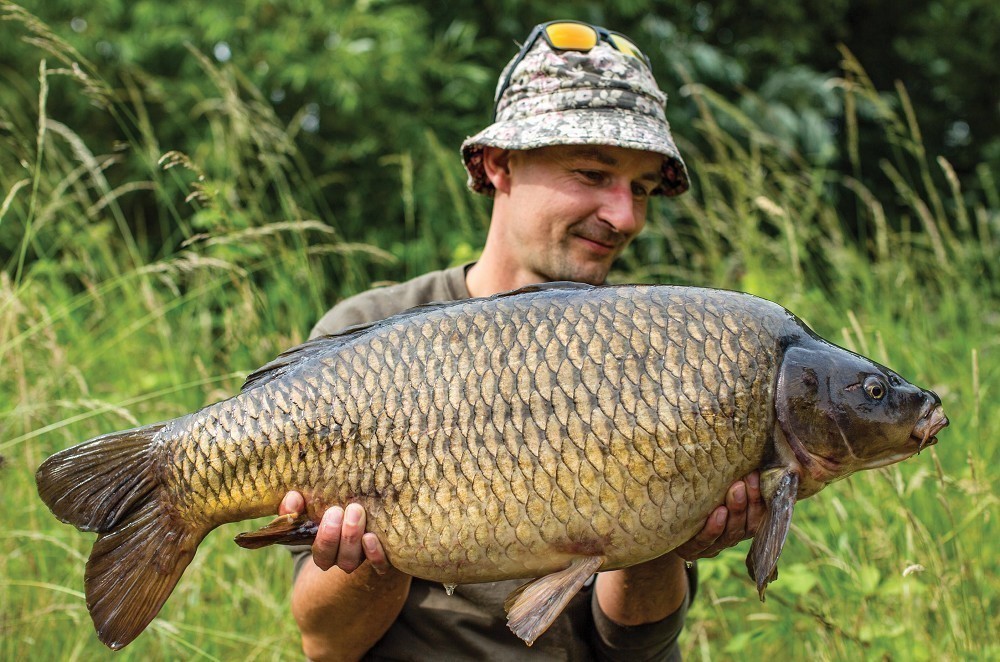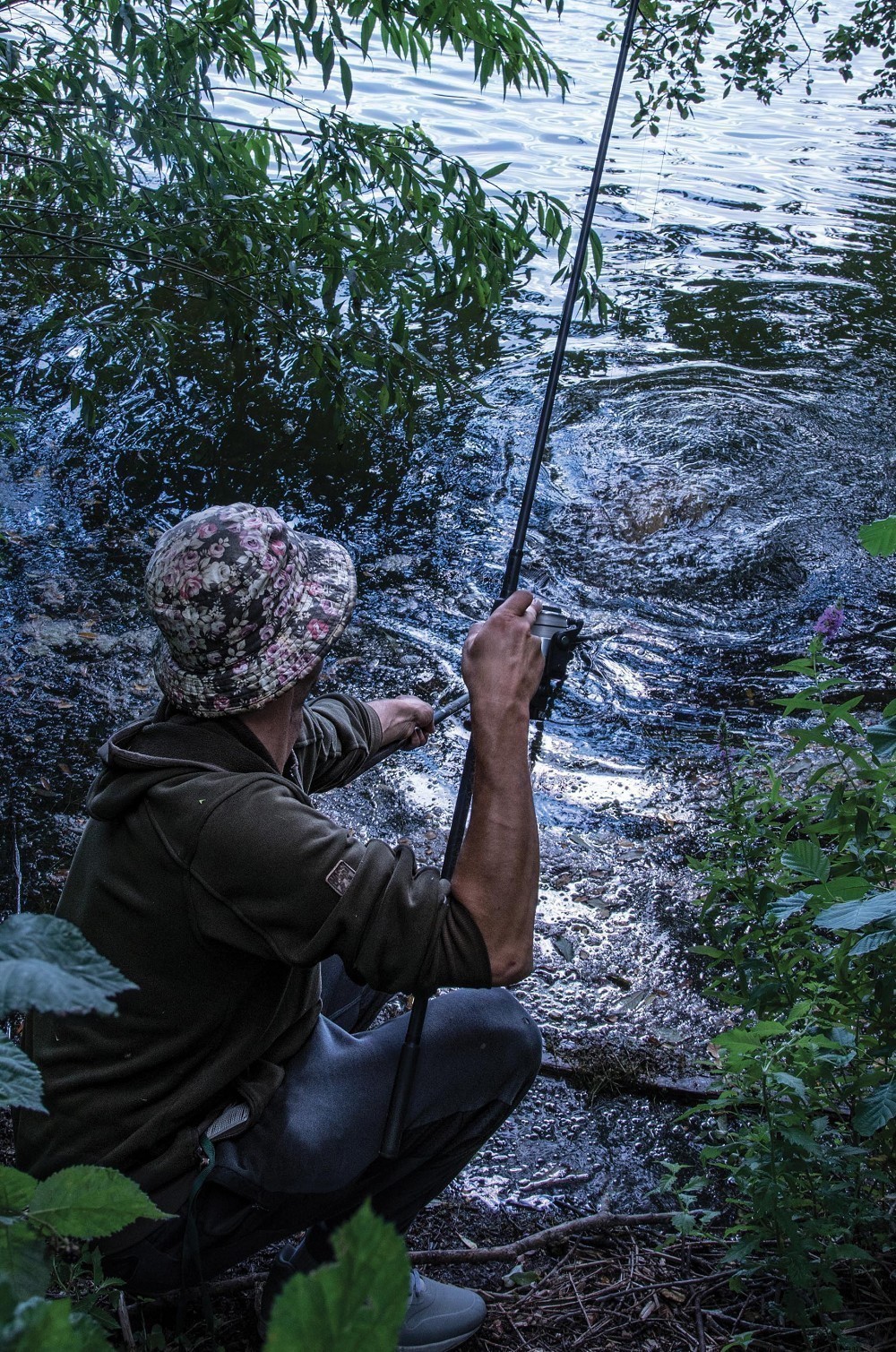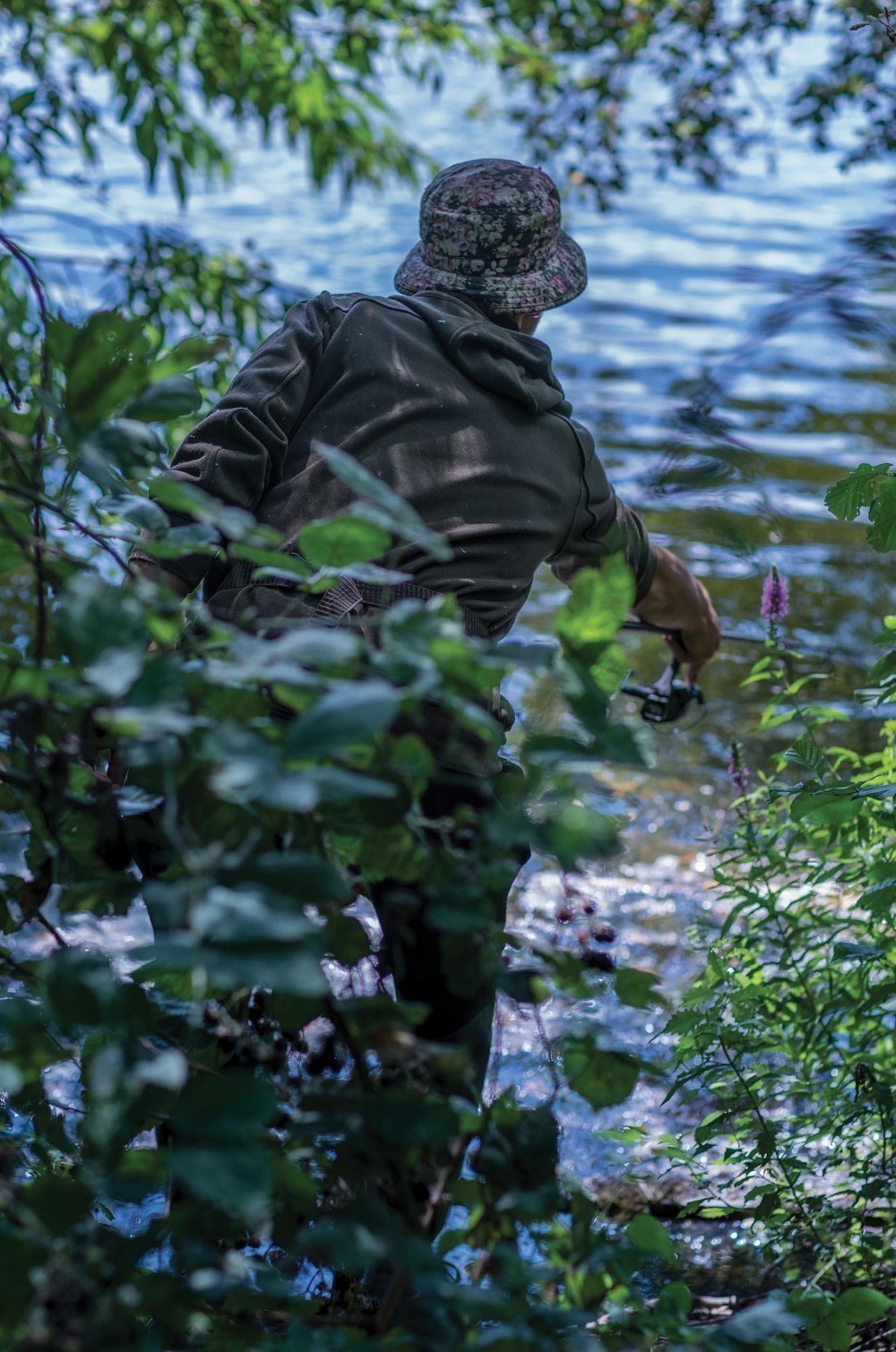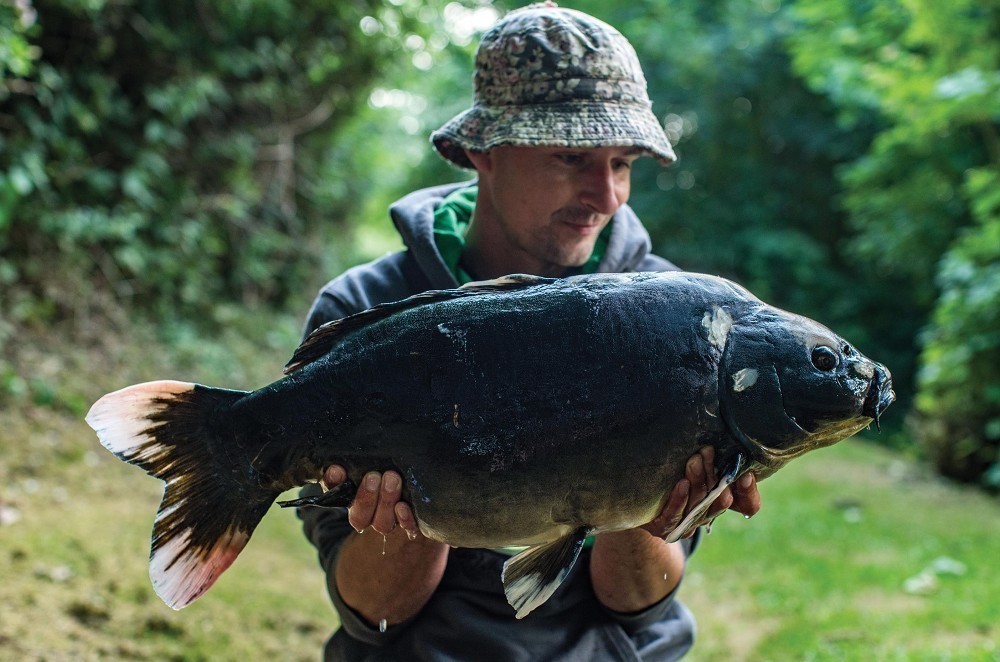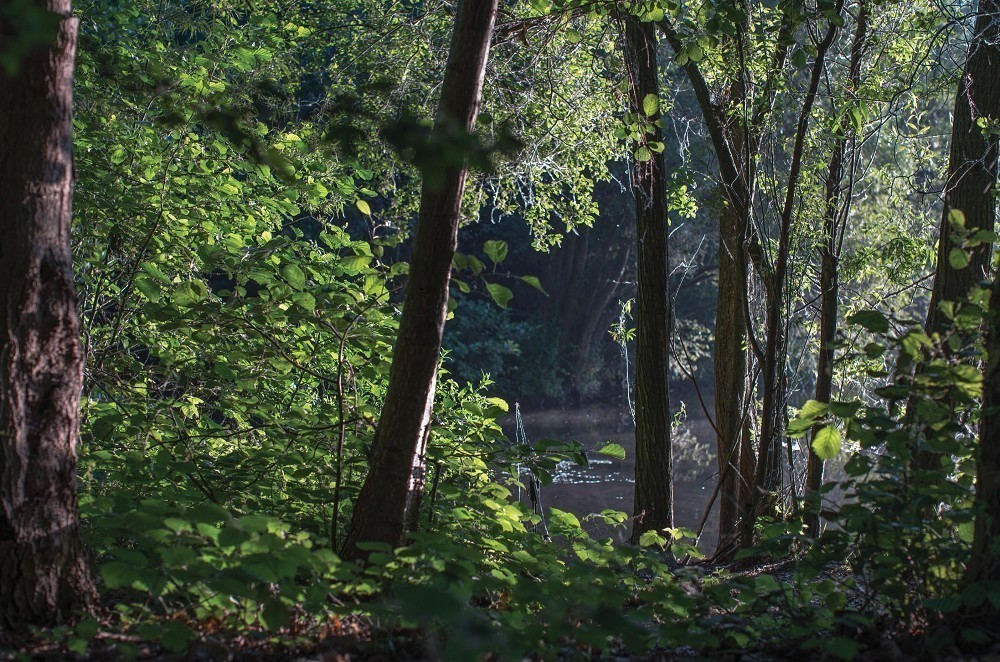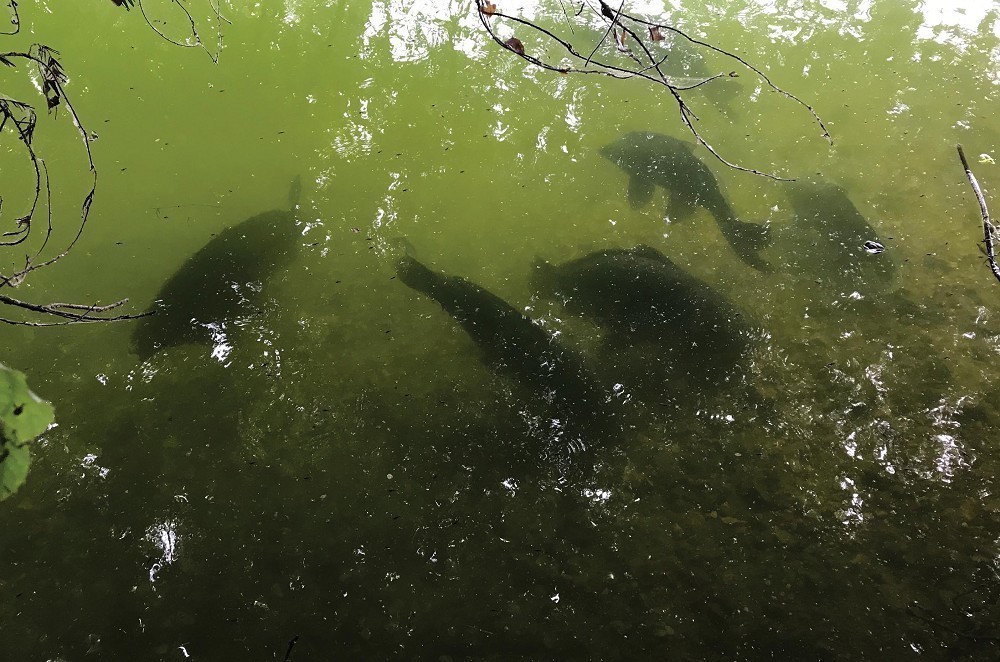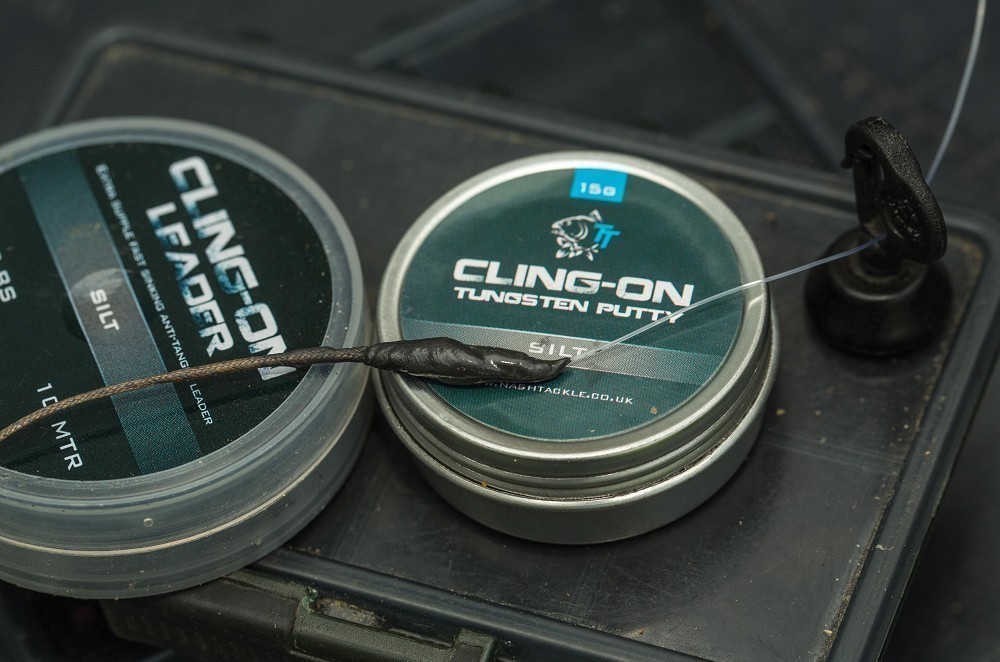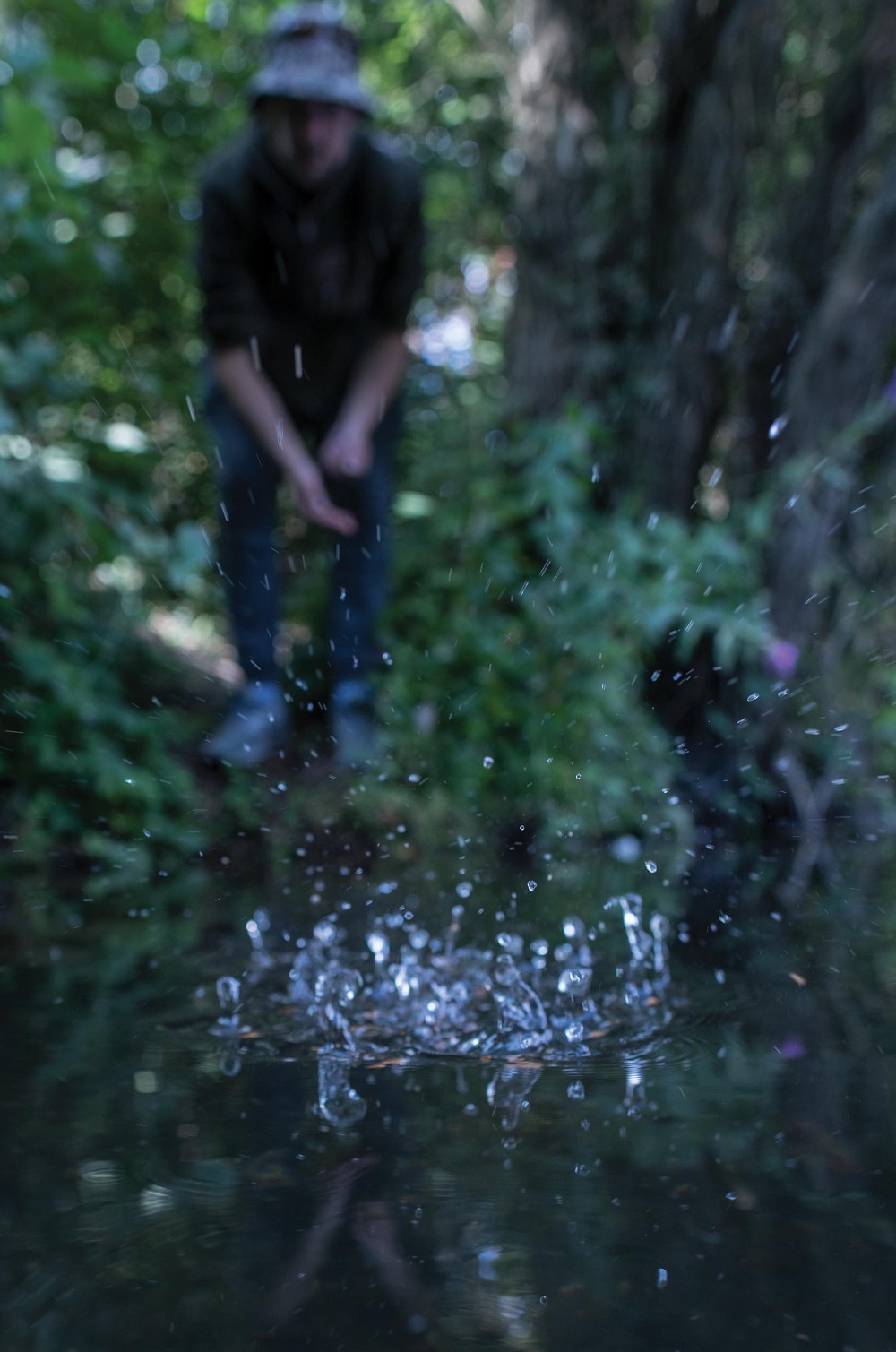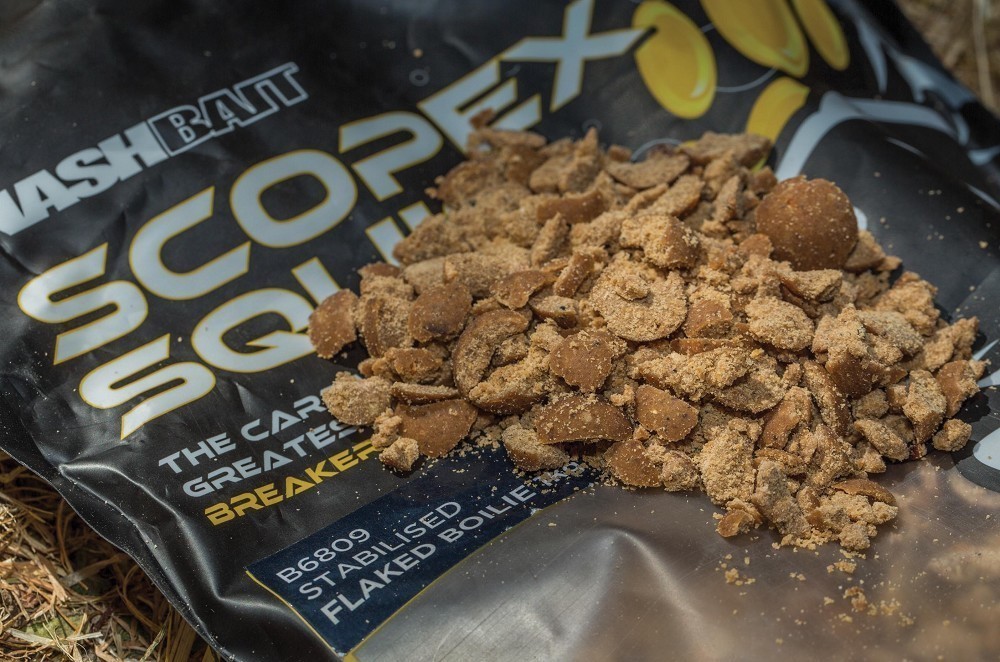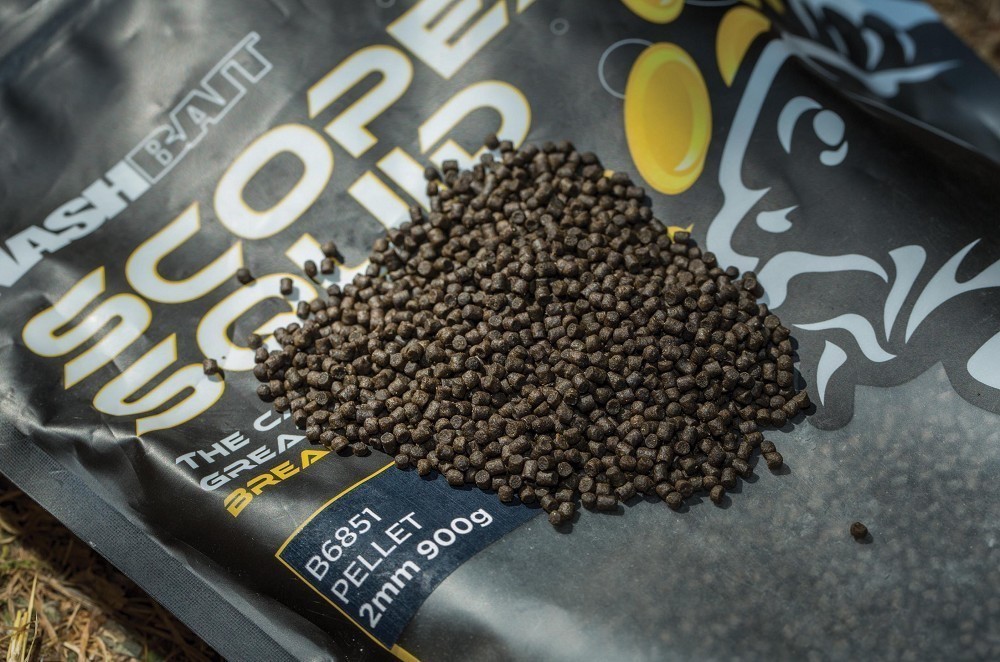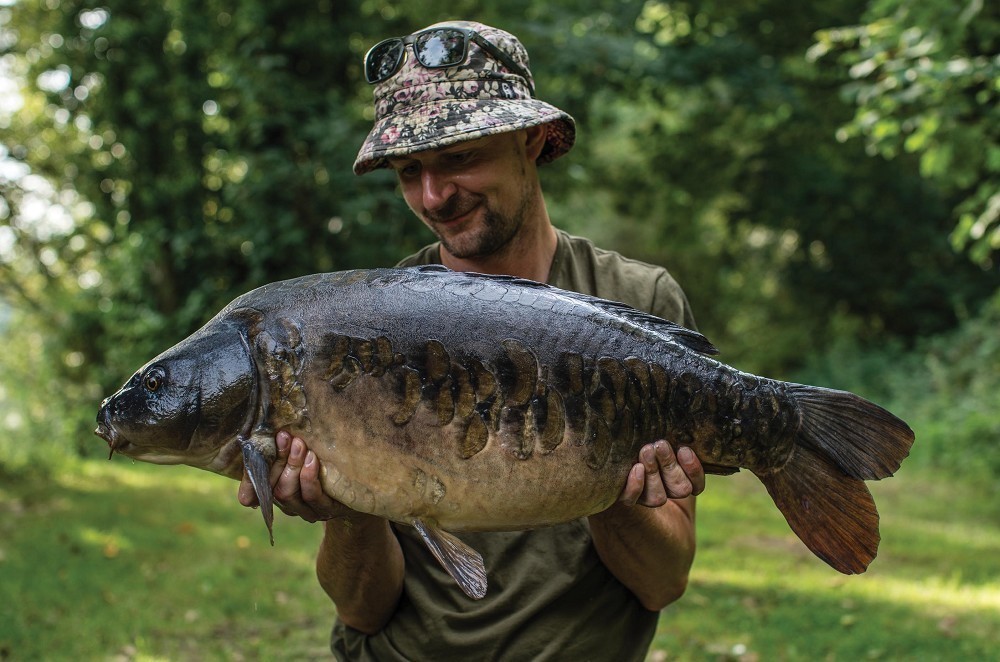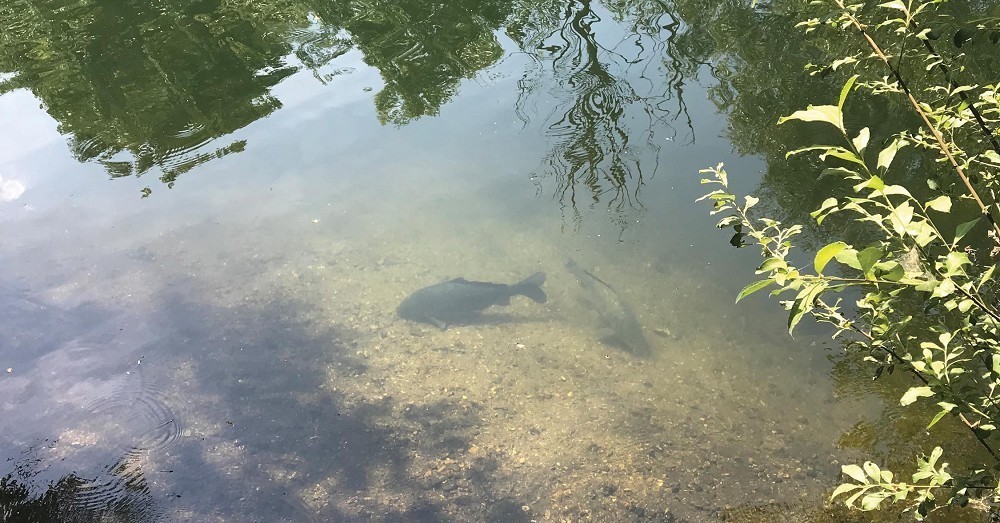
How to master the margins
Margin pro, Oli Davies details how he goes about it…
There isn’t a lake I have fished yet where the fish don’t visit the margins regularly, and yet many anglers ignore what tends to be the best feature in the lake. It’s incredibly exciting and rewarding to see carp, especially big ones, feeding right under your feet, and then actually hooking them. Not only that but it’s possible to identify and even target particular fish. Until you have watched them feed under your feet it is also hard to believe that carp can actually be caught less than a rod length from the bank too, but once you get past that it really can be a case of fishing as close to the bank as you dare!
It takes a certain mindset to strip down the tackle, put all your eggs in one basket and fish with one rod. Harder still is motivating yourself to not just fish any old swim just for the sake of it, but to keep on looking until you actually find carp to fish for, but this really is fundamental to the success of ‘edging’; it’s an active, mobile style of angling, and that isn’t for everyone. By trickling in bait as look you increase your chances of sightings and activity, and by travelling light and losing the unnecessary trappings of session angling you will be able to stay mobile and more importantly hungry! You don’t need to fish for long, so it can be a very time effective way of angling, particularly if like me you only have limited time to go fishing. If you get a couple of hours spare, then that is enough to go looking, find them, and potentially catch one. It is amazing how quickly bites come, and often it’s within minutes of setting a stealthy trap.
1. Tackle choice
Stalking and fishing tight spots are where the shorter Scope rods really score over longer ones. For most situations, a 9ft rod is perfect but when things get really tight that’s when I draw for the 6ft 3lb Sawn-off. It might look like a toy but don’t be fooled. It’s a powerful tool for extracting big carp from tight spots and I have tamed and landed carp to over 44lb using mine. It’s a different experience playing a big carp on a short rod but for me it makes it more exciting not less so. Line is a robust 15lb Bullet mono filament attached to a length of Cling-On Leader.
2. Rig choice
When you bait up with smaller particle baits in a tight area the fish feed in a different way than they would over a spread of boilies. They become much more preoccupied and tend to move slowly over the spot hoovering and sifting smaller items. Watching how they feed allows us to tune our rigs to the situation, in order to maximise the chances of hooking a carp, or even a particular fish.
I favour short rigs, of around three- to four-inches, so the lead is brought into play quite quickly. When feeding fish are static or moving very slowly a short hooklink massively increases the chances of the weight of the lead helping to drive the hook home. Too long a hooklink and the carp have time to spit out the bait before the line tightens to the lead. For my hooklink material I use SinkLink coated braid with the Hair stripped, and a short stripped section directly below the hook to allow it to move freely and turn. On an in-line set-up it’s almost impossible to tangle.
I use a big hook, usually a size 4 or 5 Fang Twister Long Shank, in conjunction with a small hookbait and mounted on a long supple Hair. Separation between hook and bait is better for rig mechanics in my experience. My favourite and go-to hookbait of choice is double 10mm or 12mm boilies. This is an arrangement that has caught me some very wary carp.
3. Baiting strategy
Stalking and margin fishing is most effective when you don’t put all your eggs in one basket - unless of course you stumble across an opportunity too good to miss. I usually bait a few spots and keep checking them for signs of activity. That activity can vary from actually finding fish feeding on the spot, either visibly or bubbling, or returning to find the bait has gone. Basically you are looking to create an opportunity where the carp are feeding and you can capitalise by placing a rig in the right area.
4. Look where others don’t
Many anglers arrive at a lake and look for a swim rather than the fish themselves. Particularly on busy lakes, the carp can often be found in the quiet neglected corners away from angling pressure. They go unnoticed and ignored by the majority of anglers who are just looking to find a spot to fish. Even when you start to catch from these areas you tend to be left alone
5. Keep walking and looking
If you don’t have any fish in front of you, go and find them! While you are walking and looking, you can bait a few spots and come and check later. A full day stalking usually means several laps of the venue, searching for fish and checking baited areas for signs of activity. It also keeps you active and you will certainly learn more about the fish and the venue this way.
Golden Rules
1. Be stealthy
Approach every margin and swim expecting there to be fish there. Surprisingly often they can be found right under your feet. We have all made the mistake of blundering up to the edge to be greeted by a vortex and rapidly disappearing shadow, and with it a potential opportunity. Set-up away from the water, and stay low to the horizon and tread softly and slowly when approaching the spot.
2. Hide your line
In the edge the fish are hyper aware of line so it’s important to keep it concealed. Slack lines help this, but I also add a large lump of putty to the end of the leader to make sure the line isn’t kicked up off the bottom. I will also often add a backlead, or sometimes a small stone placed as close to the bank as possible to hide any line above the leader.
3. Less is more
You don’t need to use a lot of bait in the edge. Stick to fishing a single or over a small handful. Remember that you are fishing for a single bite at a time, and the more you put in the longer that can take! It’s far better to bait with a smaller amount, but check and bait it more regularly. You will soon know which spots get visited most often and provide the better opportunities.
Top 3 Margin Baits To Use
1. Crushed or Flaked boilie
Crushing or flaking your boilie has several advantages. Increasing the surface area by breaking them up massively improves the leakage of food signal into the water, maximising the effectiveness of our super attractive boilies. You can in an instant turn five boilies into thousands of different sized and shaped particles, which will keep the fish rooting around for much longer than introducing five whole baits and creating a feeding situation that increases your chances of a pickup.
2. Small pellet
Cheaper than boilies, easy to store and carp just love them. Small pellets breakdown quickly releasing oil and aminos into the water, and they are instantly attractive to even the largest and wariest of carp. Mixing sizes varies breakdown time and makes it harder for pressured carp to judge which item may have a hook attached.
3. Particle baits
Particle baits such as red band, hemp and crushed nuts and corn are all excellent and cheap baits for getting carp feeding in the edge, and especially good for carp that are not necessarily used to anglers bait. The wide variety of sizes allows in a particle blend allows you to use all manner of hookbaits. Alternatively, carpet baits such as hemp can be used where diving birds, ducks and swans are a problem as it is much harder to see, but still highly attractive to carp.



